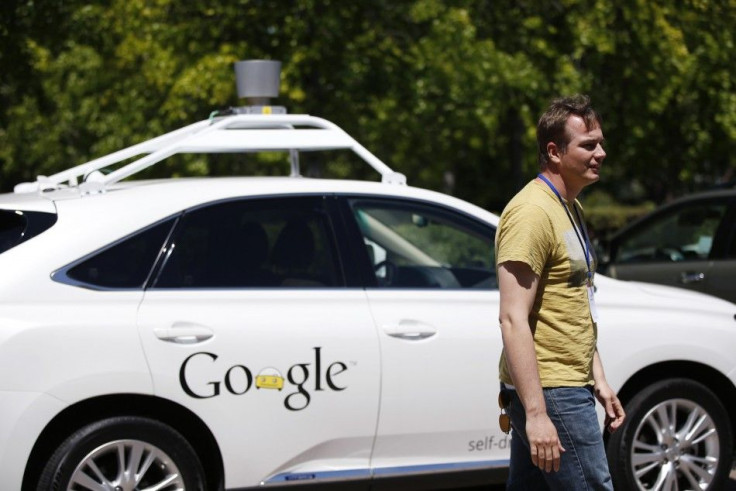Hackers can easily trick Google, Audi and other self-driving cars into detecting fake obstacles

For the price of $60, hackers can make use of simple tools to hack self-driving cars. This was the latest finding by Security Investigation Principal Scientist Jonathan Petit, who had found that the multi-thousand-dollar laser ranging (lidar) systems in most automated vehicles can be spoofed and tricked.
“I can spoof thousands of objects and basically carry out a denial-of-service attack on the tracking system so it’s not able to track real objects,” said Petit to IEEE Spectrum.
What this means is that Petit had used a basic computer board, a laser pointer and a pulse generator to set up the attack. Based on his investigation, he found that it was possible to beam images of “ghost” cars and obstacles to the sensors of cars from a distance of up to 330ft (100 metres) from all sides of the car. This allowed hackers to fool the automated cars, forcing the car to slow down or stop to avoid hitting phantom objects from a remote distance. Petit stated that he has tested only one unit of the lidar but he believes car manufacturers haven’t thought about this dangerous attack scenario yet.
The self-driving cars being tested use different combinations of components including ranging sensors, such as Light Detection And Ranging (Lidar) and radar remote sensing technology, GPS and stereo cameras. Lidar, or light detection and ranging, creates a 3D map and allows the car to “see” potential hazards by bouncing a laser beam off obstacles. Through this, the car can accurately establish the distance and shape of objects. But hackers can easily dupe the lidar into "seeing" fake objects such as cyclists, pedestrians, walls, or cars.
In his research paper , Petit explained how these sensors are already at risk of attack. Some cars get to counter this hack by filtering out the colour of the laser. However, ‘‘wavelength-agile’’ lasers that change colour randomly, render this futile.
Eddie Schwartz, former vice president of global security solutions for Verizon’s enterprise subsidiary, told The Guardian that the cyber-security industry lacks experience in handling online hacking. Thus, the number of targets will inevitably increase. It was further pointed out how even the normal cars with no internet connections are susceptible to hacks.
Google, Ford, Apple, Lexus, Mercedes, Audi, and Toyota are among the car manufacturers that use lidar on their prototype driverless cars. Petit proposed software and hardware countermeasures that would improve sensors resilience on the observed attacks. The principal scientist is set to present his investigation at the Black Hat Europe security conference this November.
Chris Urmson: How a driverless car sees the road (Credit: YouTube/TED)
Contact the writer at feedback@ibtimes.com.au or let us know what you think below.




















